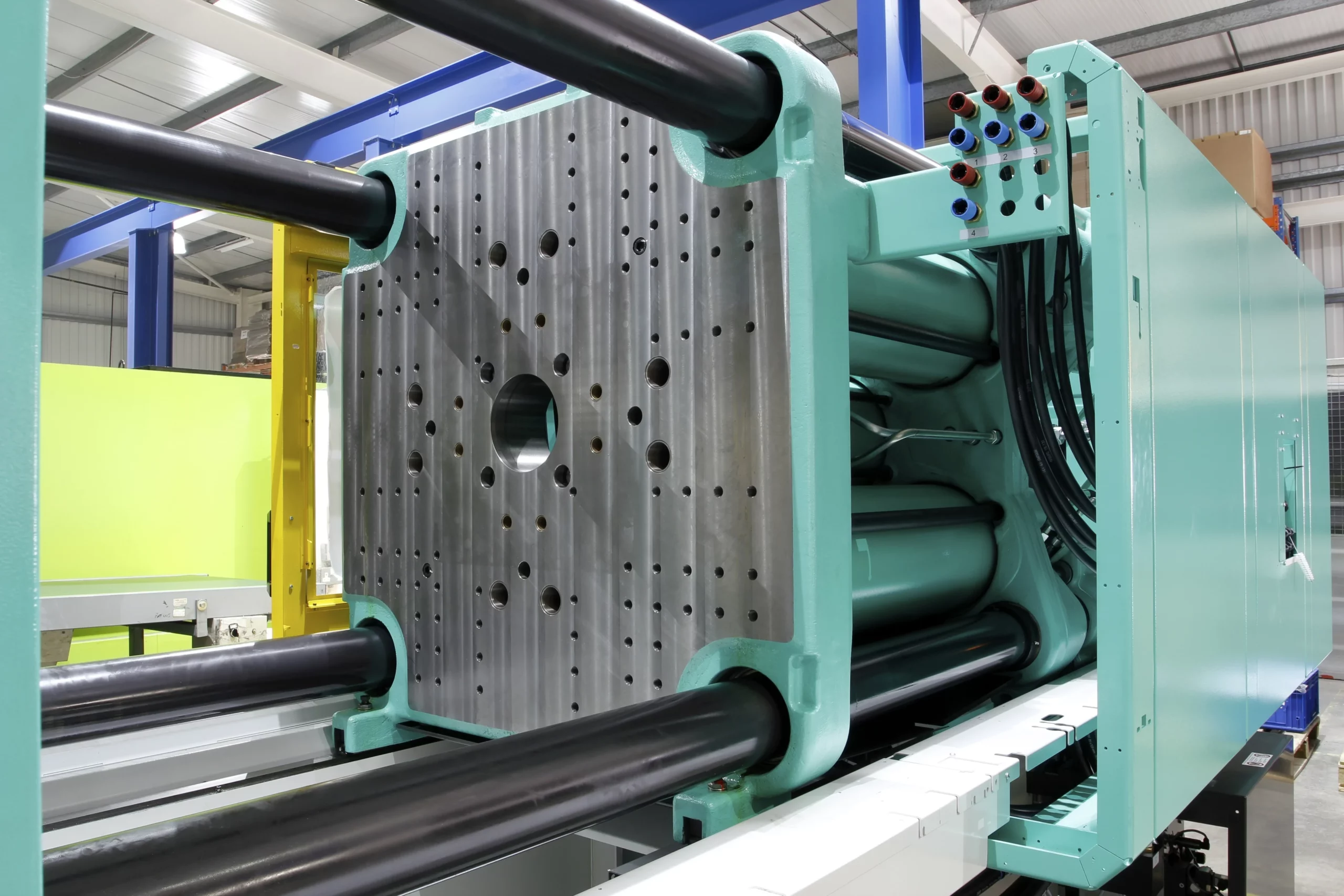
The use of multi-cavity molds in the plastic injection molding industry has become increasingly popular as businesses look to maximize production output and reduce cycle time.
With this increased focus comes an understanding of how multi-cavity molds can be used to increase productivity and efficiency while maintaining the highest standards of quality control.
As a leading manufacturer of commercial glass in Michigan, we understand how important it is that companies have access to tools that are capable of meeting their needs for high throughput with minimal waste.
That’s why we’ve put together this comprehensive guide exploring everything you need to know about using multi-cavity molds in your plastic injection molding operation, from what they are and the benefits they provide all the way through to understanding when they should be used instead of traditional single-cavity or multiple-cavity tool designs. So let’s get started!
What are Multi-Cavity Molds and Why Use Them for Plastic Molding Projects?
Multi-cavity molds are an advanced plastic molding technology that can produce multiple plastic parts in one cycle. These molds can range from two to hundreds of cavities, depending on the size and complexity of the product.
The use of multi-cavity molds offers numerous advantages over conventional molds. For instance, it increases production efficiency and reduces lead time and costs.
Besides, these molds can produce identical products with high accuracy and consistency, which makes them perfect for large-scale production processes.
Investing in multi-cavity molds is an excellent long-term strategy for plastic molding projects in high-volume industries such as automotive, electronics, medical, and packaging.
Benefits of Using Multi-Cavity Molds
Multi-cavity molds are an excellent solution for optimizing production efficiency and reducing costs. By molding multiple parts simultaneously, manufacturers can increase output while using fewer resources.
This technique is particularly advantageous for high-volume production runs, where the benefits of increased efficiency are magnified.
Aside from the obvious gains in productivity, the use of multi-cavity molds can also result in shorter lead times and a faster time-to-market.
By minimizing the need for additional tooling and setup, manufacturers can get products into customers’ hands faster, which is essential in today’s fast-paced business environment.
Ultimately, the adoption of multi-cavity molds can help businesses stay competitive in a crowded marketplace while reducing lead times, streamlining production, and enhancing bottom-line results.
How to Select the Right Molds for Your Plastic Molding Project
Selecting the right molds for your plastic molding project is a crucial step in ensuring the success of your project. With so many options available, it can be overwhelming to determine which molds are the best fit for your specific needs.
It is important to consider factors such as the size and complexity of your project, your budget, and the type of plastic you will be working with. Additionally, choosing a reputable mold manufacturer with a proven track record of providing high-quality molds is essential.
By taking the time to carefully evaluate these factors and working with an experienced mold manufacturer, you can ensure that your plastic molding project will be a success.
Common Challenges with Utilizing Multi-Cavity Molds
Utilizing multi-cavity molds is a complex process that comes with its own set of challenges. One of the difficulties in using these molds is maintaining consistent quality among all the cavities.
Each cavity must have the same shape, wall thickness, and surface finish. Any deviations from this can cause issues with the final product. Another challenge is ensuring the proper balance of injection pressure and cooling time.
Imbalanced pressure can lead to incorrect filling of one or more cavities, while incorrect cooling time can result in warping or sink marks. Finally, tooling costs can be higher for multi-cavity molds due to the added complexity.
Despite these challenges, the benefits of using multi-cavity molds, such as increased efficiency and faster cycle times, make them a popular choice in manufacturing.
Tips on Optimizing the Use of Multi-Cavity Molds in Commercial Glass Michigan Projects
When it comes to commercial glass projects in Michigan, the use of multi-cavity molds can greatly increase the efficiency of the manufacturing process. However, it’s important to optimize their use to ensure maximum productivity.
First, it’s crucial to thoroughly analyze the design of the mold and the part being produced to identify any potential issues or inefficiencies. Next, implementing proper mold maintenance and cleaning protocols can help extend the lifespan of the mold and minimize downtime.
Additionally, choosing the right material for the mold can greatly impact its performance and longevity. Finally, closely monitoring the molding process and making adjustments as necessary can help identify areas for improvement and further optimize the use of multi-cavity molds.
By taking these steps, commercial glass companies in Michigan can achieve greater efficiency and profitability in their production processes.
Multi-Cavity Molds provide many advantages to those working on commercial glass Michigan projects. As technology continues to advance, incorporating these molds into continuous workflows should become more commonplace in the industry going forward.

 Inclusive Homes: What Does It Mean and How Do You Achieve It?
Inclusive Homes: What Does It Mean and How Do You Achieve It?